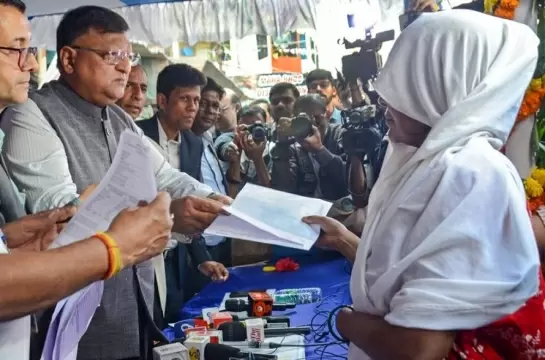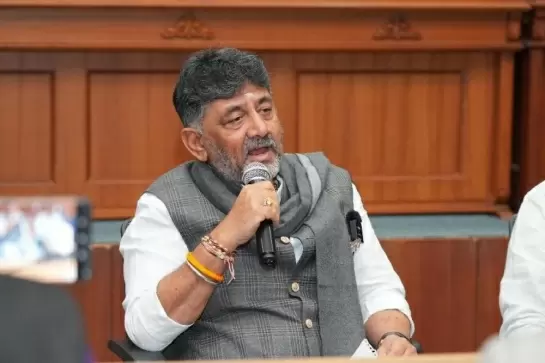800 IAS officers to inspect Delhi Anganwadi centres: Sisodia
13-June-2017
With an aim to clean the Anganwadi system in the national capital, around 1,600 Anganwadi centres in Delhi will be inspected by IAS officers on Saturday, Deputy Chief Minister Manish Sisodia said on Tuesday.
Addressing the media, Sisodia said there were around 800 Indian Administrative Service (IAS) and DANICS (Delhi, Andaman and Nicobar Islands Civil Service) officers in Delhi and each officer would have to inspect at least two Anganwadi centres on Saturday.
"Under this campaign, officers will have to visit the houses of each child or women whose name is registered in an Anganwadi," the Deputy Chief Minister said.
The officers would enquire from children whether they were getting proper food, what was taught in these centres and whether students were actually visiting the Anganwadi centres, Sisodia said.
He said there were about 10,000 Anganwadi centres in Delhi and after reviewing the first phase, the inspection would be extended to other centres.
The Deputy Chief Minister said that he has visited many centres over the past few days and noticed an insensititve attitude towards pregnant women and children at many places.
"The government is spending around Rs 400-500 crore and I won't allow it to be spent insensitively," he said.
"In many Anganwadis, the survey registers had been filled with pencil for many years," Sisodia said. "If we don't care about children or their education, then it will affect the future of the country."
The Deputy Chief Minister added that some Anganwadi centres were doing a good work and the government would reward workers who were running these centres. - IANS
Opposition Moves to Impeach Justice G R Swaminathan; Kanimozhi Cites Loss of Public Trust
Akhilesh Yadav Slams Centre, Yogi Govt Over Pollution And SIR Drive
PM, HM Set Out To Become Historians But Became ‘Distorians’: Jairam Ramesh
Under-16s Blocked From Social Media In Australia As Ban Comes Into Force
Armed Man Arrested At Vijay’s Puducherry Rally Venue, Security Tightened









